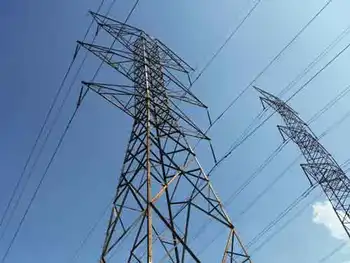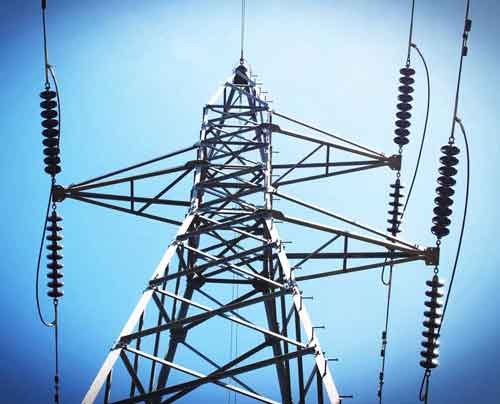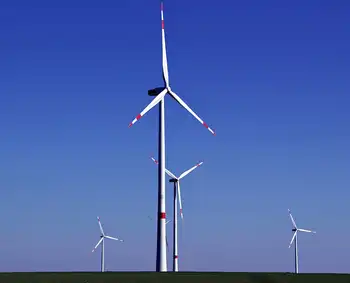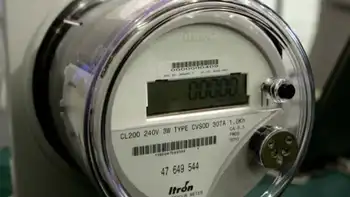Health Minister touts reactorÂ’s safety
CHALK RIVER, ONTARIO - The federal government sought to reassure worried Canadians and shaky sales markets that Canada was once again a reliable supplier of life-saving medical radioisotopes.
But Health Minister Tony Clement continued to dodge questions during a media scrum at the Chalk River nuclear laboratories about the ultimate responsibility for a three-week disruption of half the world's supply of the radioisotopes most crucial for diagnosis and treatment.
Flanked by key officials of beleaguered Atomic Energy of Canada Ltd., Clement instead pronounced the day "momentous" because the 50-year-old research reactor beside him was once again producing molybdenum-99, high-grade cobalt-60 and other radioisotopes.
The health minister said the government intends to get to the bottom of what caused the isotope crisis.
Clement also played down speculation that concern over the reliability of the Canadian isotope supply might spur the U.S. to convert an existing research reactor to isotope production.
"It's not a simple thing to create another reactor to produce our isotopes," he said. Owned and operated by AECL, the research reactor was shut down Nov. 18 because of safety violations discovered during routine maintenance.
It restarted Sunday after the government used an emergency law to override the Canadian Nuclear Safety Commission, the independent federal watchdog.
AECL officials said an initial shipment of low-concentration molybdenum-99 was sent Tuesday to isotope wholesaler MDS Nordion of Ottawa, and backlogged orders from hospitals were beginning to be filled.
Dave Torgerson, chief executive officer for AECL's research arm, pointed out that the Crown corporation pioneered both the global medical isotope business and much of the technology used to produce the radioisotopes.
"We take this very, very seriously," he said.
Clement and Torgerson made their remarks here at the nuclear research complex, 180 kilometres north of Ottawa, standing on the main floor of the building that houses the research reactor.
Blue-coated workers hung over railings at the top of the reactor four storeys above. The congratulatory remarks were recorded by three dozen media people who had been allowed into the reactor on one day's notice, access unprecedented since the 9/11 terrorist attacks.
Related News

Ontario introduces new 'ultra-low' overnight hydro pricing
TORONTO - The Ontario government is introducing a new “ultra-low overnight” electricity plan that can benefit shift workers and individuals who charge electric vehicles while they sleep.
Speaking at a news conference on Tuesday, Energy Minister Todd Smith said the new plan could save customers up to $90 a year.
“Consumer preferences are still changing and our government realized there was more we could do, especially as the province continues to have an excess supply of clean electricity at night when province-wide electricity demand is lower,” Smith said.
The new rate, which will be available as an opt-in option as of May 1,…




